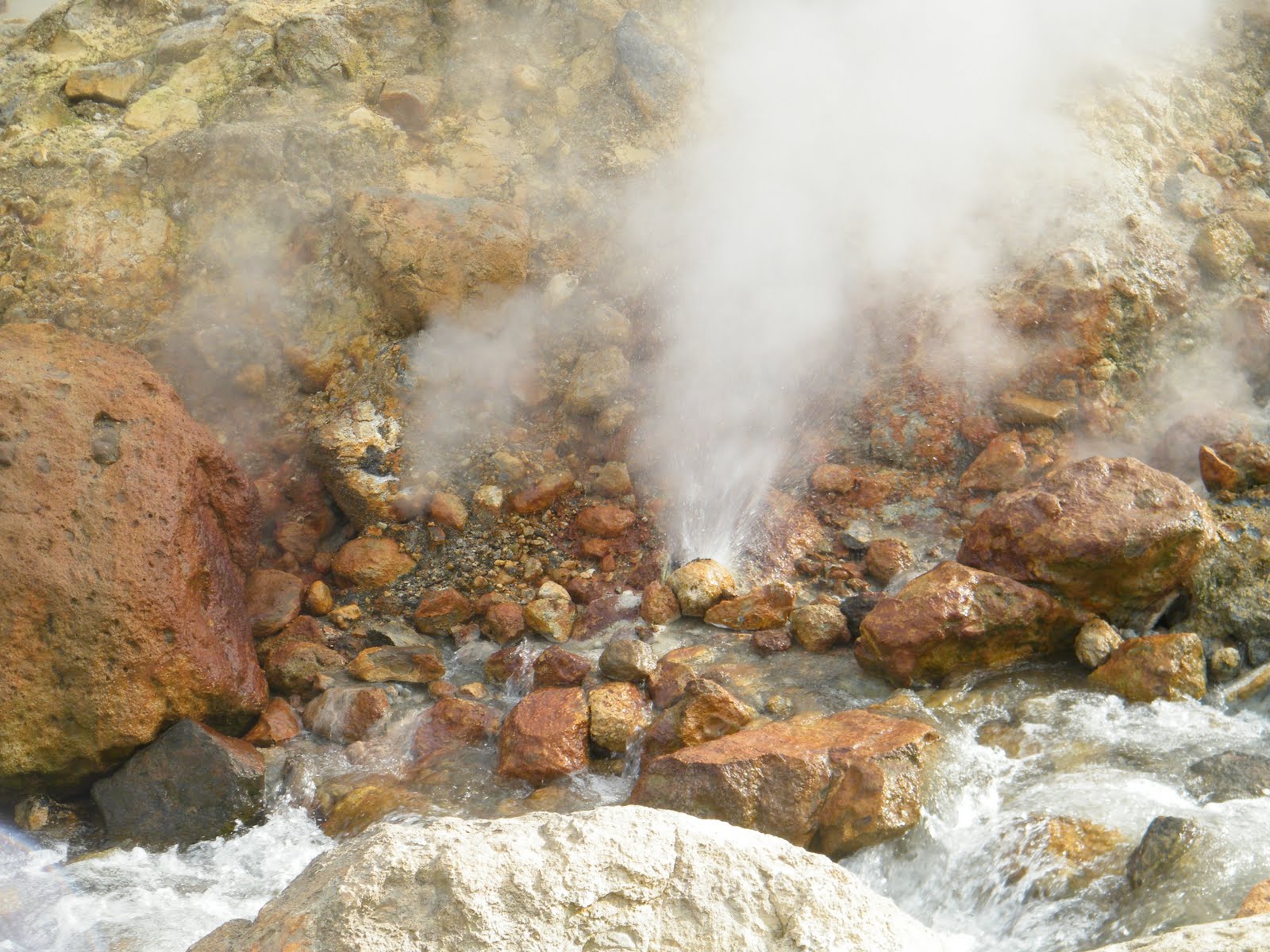New Scientist
Image: Anna S. Karyagina
Where on Earth is the cradle of life? The widespread view is that life began in the oceans, in the water that surrounds deep-sea hydrothermal vents. But that story is being challenged by new evidence, which is deepening a rift between origin-of-life biologists.
Instead, hot springs on land, similar to the “warm little pond” favoured by Charles Darwin, may be a better fit for life’s nursery. The controversial theory suggests the search for extraterrestrial life must go beyond a hunt for alien oceans.
Life appeared sometime before 3.8 billion years ago, towards the end of a turbulent phase in our planet’s early history dubbed Hadean Earth. Exactly where and how this happened is a mystery. The first fossils are about 3.4 billion years old, and all we know about life’s very first stages comes from chemical signatures in rocks.
This hasn’t stopped endless speculation. Conventional wisdom has it that hydrothermal vents on the ocean floor offered an ideal chemical environment for the earliest life. Deep, dark oceans would also have protected delicate cells from the harmful ultraviolet light that bathed early Earth before the ozone layer formed.
Case closed? Not quite. Armen Mulkidjanian at the University of Osnabrück in Germany says there is a fundamental problem with the ocean floor hypothesis: salt. The cytoplasm inside all cells contains much more potassium than sodium. Mulkidjanian thinks that reflects the chemistry of the water life first appeared in, yet seawater is sodium-rich and potassium-poor. Read more on newscientist.com…








